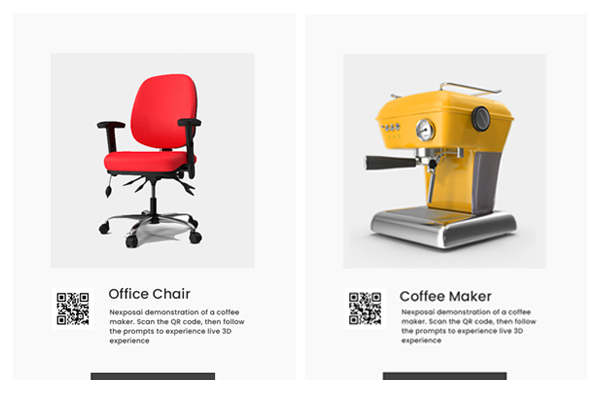Unlocking the Potential of Industrial Training with Augmented Reality
When it comes to industrial training, the traditional methods of classroom lectures and hands-on practice have long been the norm. However, with the rapid advancements in technology, there is a new player in the field that is revolutionizing the way we train and develop skills in the industrial sector – Augmented Reality (AR).
What is AR in Industrial Training?
Augmented Reality is a technology that overlays digital information onto the real world, enhancing our perception and interaction with our surroundings. In the context of industrial training, AR can be used to create immersive and interactive experiences that simulate real-life scenarios, allowing trainees to learn and practice their skills in a safe and controlled environment.
Techniques for Implementing AR in Industrial Training
There are several techniques that can be employed to integrate AR into industrial training programs:
- AR Simulations: By creating virtual environments that replicate real-world scenarios, trainees can practice their skills and decision-making abilities in a risk-free setting. For example, a trainee can use AR goggles to simulate the operation of complex machinery, allowing them to gain hands-on experience without the need for expensive equipment or potential safety hazards.
- AR Instructions: AR can provide step-by-step instructions and guidance to trainees, overlaying relevant information onto their field of view. This can be particularly useful for complex procedures or tasks that require precise execution. For instance, an AR system can guide a trainee through the process of assembling intricate machinery, highlighting each step and providing real-time feedback.
- AR Remote Assistance: With AR, experts can remotely assist trainees by sharing their field of view and providing real-time guidance. This is especially valuable in situations where immediate expert support is required, such as troubleshooting equipment malfunctions or conducting complex repairs. By leveraging AR, trainees can receive expert guidance without the need for physical presence.
The Benefits of AR in Industrial Training
The integration of AR into industrial training programs offers numerous benefits:
- Enhanced Learning Experience: AR provides a highly engaging and interactive learning experience, making training sessions more enjoyable and effective. Trainees can actively participate in realistic scenarios, improving their retention and understanding of the material.
- Cost and Time Savings: AR eliminates the need for expensive equipment and physical setups, reducing training costs significantly. Additionally, trainees can learn at their own pace, without the need for constant supervision, saving both time and resources.
- Improved Safety: By allowing trainees to practice in virtual environments, AR minimizes the risks associated with training on actual equipment. Trainees can make mistakes and learn from them without endangering themselves or others.
- Efficient Knowledge Transfer: AR enables the transfer of knowledge and expertise from experienced professionals to trainees in a more efficient and scalable manner. Experts can create AR training modules that can be accessed by multiple trainees simultaneously, ensuring consistent and standardized training across the organization.
The Future of AR in Industrial Training
The potential of AR in industrial training is vast, and its adoption is expected to grow rapidly in the coming years. According to a report by MarketsandMarkets, the global AR in the industrial sector is projected to reach $4.7 billion by 2023, driven by the increasing demand for efficient and effective training solutions.
As the technology continues to evolve, we can expect to see even more advanced AR applications in industrial training. From real-time performance analytics to personalized training modules, AR has the potential to revolutionize the way we develop skills and enhance performance in the industrial sector.
Conclusion
Augmented Reality is transforming industrial training by providing immersive and interactive experiences that enhance learning, improve safety, and reduce costs. By leveraging AR simulations, instructions, and remote assistance, organizations can unlock the full potential of their workforce and stay ahead in today’s competitive landscape.
So, if you’re looking to take your industrial training to the next level, it’s time to explore the possibilities of AR. Embrace this cutting-edge technology and empower your workforce with the skills they need to succeed in the digital age.





